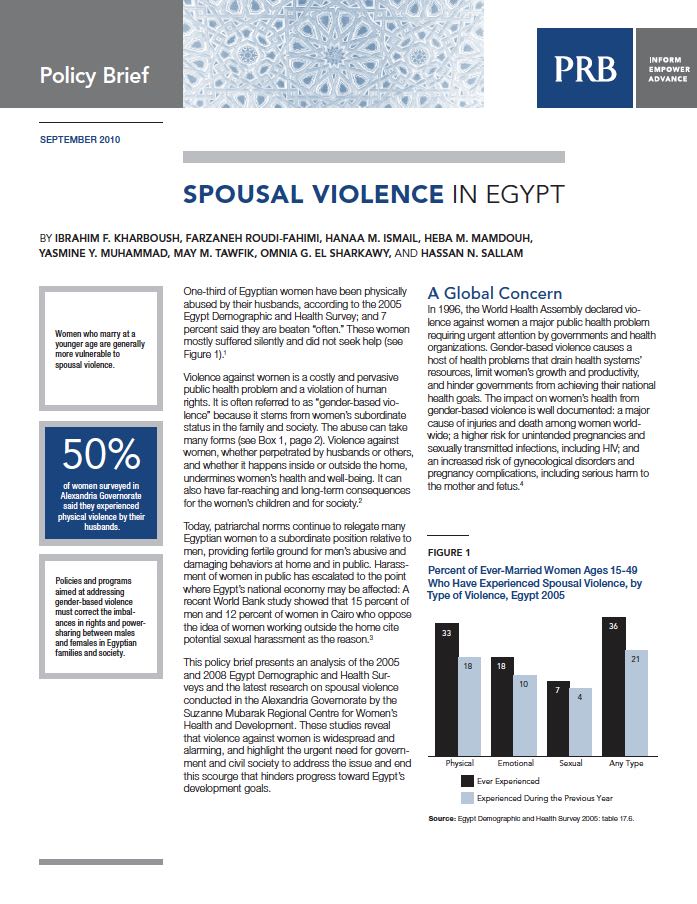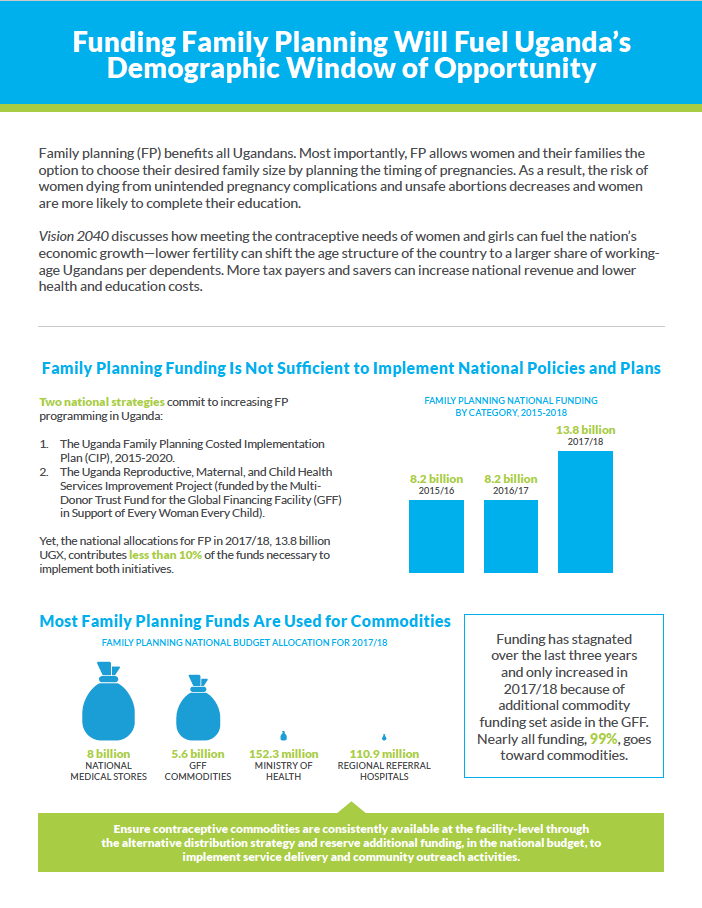Spousal Violence in Egypt
(2010) One-third of Egyptian women have been physically abused by their husbands, according to the 2005 Egypt Demographic and Health Survey; and 7 percent said they are beaten "often." These women mostly suffered silently and did not seek help.







